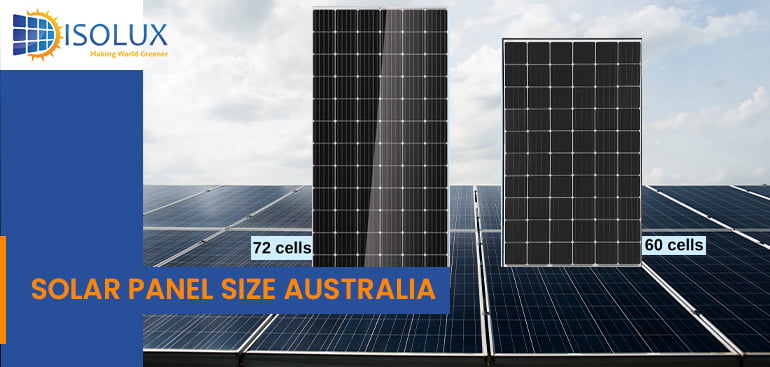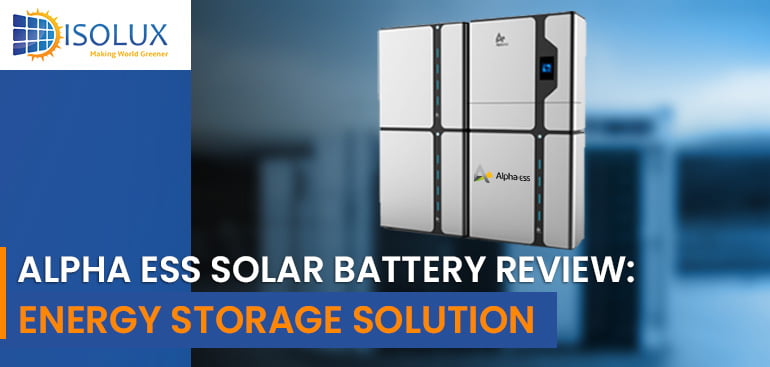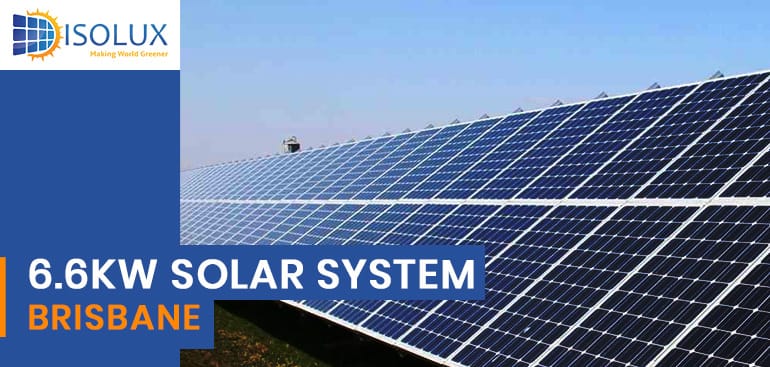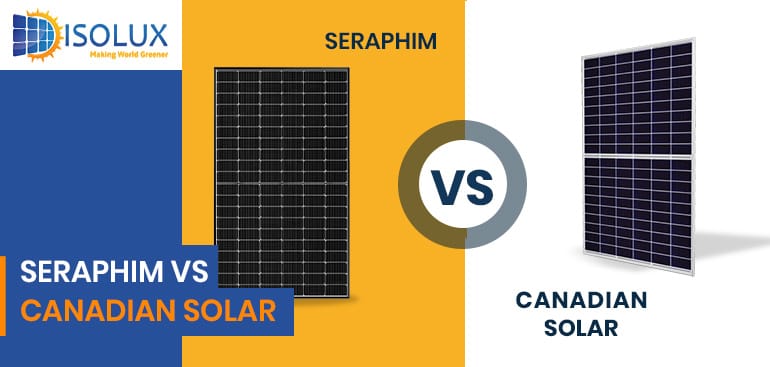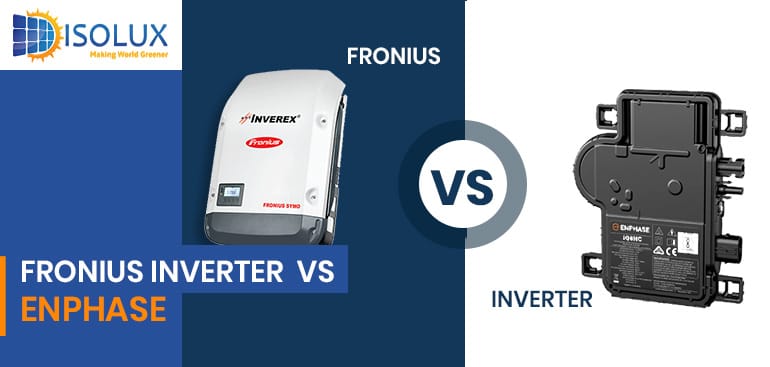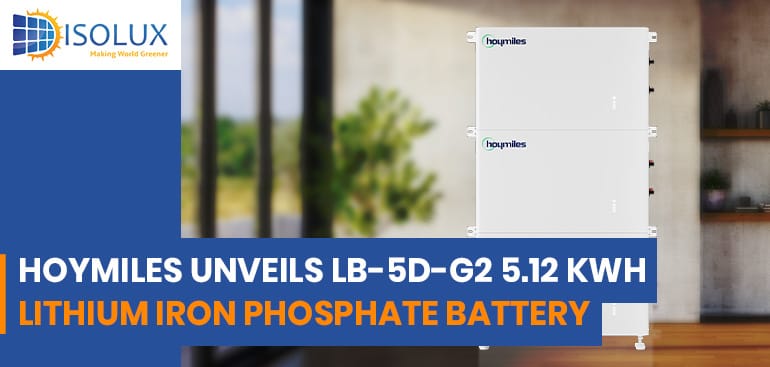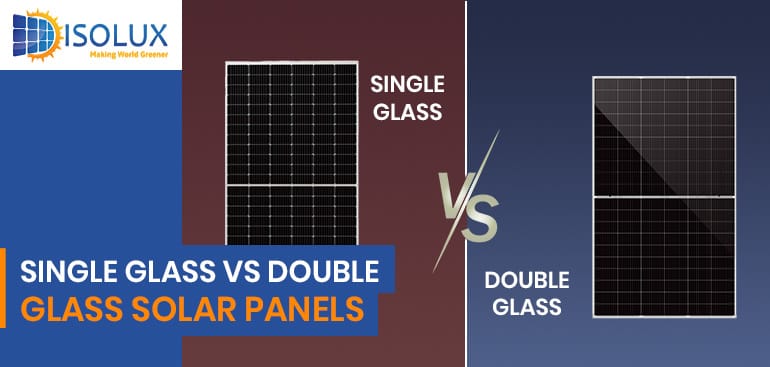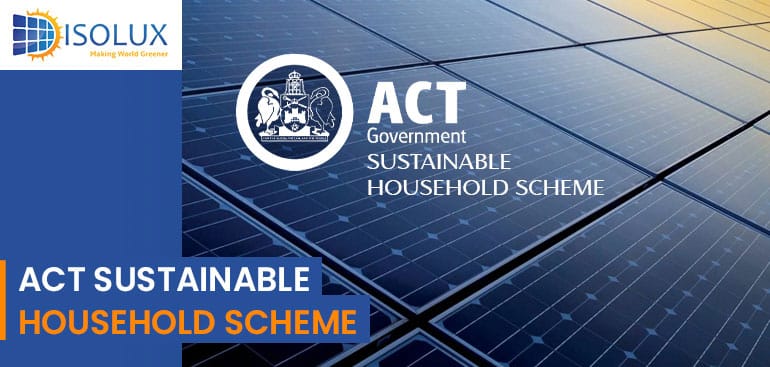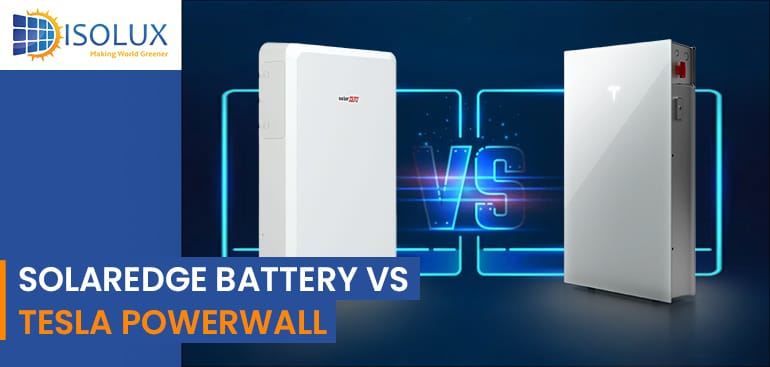As more and more households and businesses adopt solar energy, it’s important to understand the key components that make up a solar panel system. One important aspect of a solar system is the solar panel size and weight of the panels themselves.
As the demand for efficient energy storage solutions rises, the Alpha ESS Solar Battery has emerged as a prominent choice for homeowners and businesses aiming to optimize their solar energy systems. Let’s get into AlphaESS battery review like the company’s background, product offerings, technical specifications, pricing, and comparisons to provide a comprehensive understanding of the Alpha ESS Solar Battery.
Investing in a 6.6kW solar system in Brisbane is an excellent choice for homeowners seeking to reduce electricity bills and embrace sustainable energy. This system size is particularly popular in Australia due to its balance between cost and energy output, making it suitable for medium-sized households.
Selecting the right solar panels is crucial for maximizing energy efficiency and return on investment, especially in Australia’s dynamic solar market. Two prominent brands, Seraphim and Canadian Solar, offer distinct advantages. This guide provides a detailed comparison to assist Australian consumers in making an informed decision.
When selecting a solar inverter for your Australian home or business, two prominent brands often emerge: Enphase and Fronius. Each offers unique technologies and features tailored to different energy needs. This guide delves into their distinctions to assist you in making an informed decision.
GoodWe, a global leader in inverter and energy storage solutions, has launched the ET G2 Series, the next-generation high-voltage hybrid inverters designed for the Australian markets. This cutting-edge product range builds upon the success of the original ET Series, offering improved features and enhanced performance for residential and commercial solar energy systems.
As renewable energy continues to grow in popularity across Australia, having a reliable solar battery has become essential for maximizing the efficiency of rooftop solar panel systems. The Hoymiles LB-5D-G2 is a state-of-the-art low-voltage lithium iron phosphate battery designed specifically for homes and small commercial setups. With its compact design, advanced safety features, and scalable capacity, the LB-5D-G2 is quickly becoming a go-to solution for solar energy storage.
When investing in solar energy, choosing the right type of solar panel is crucial for maximizing efficiency and durability. Among the many options available, single glass and double glass solar panels are two popular choices. But how do they differ, and which is the better choice for your needs? Let’s dive into the details to help you make an informed decision.
The Australian Capital Territory (ACT) Government’s Sustainable Household Scheme (SHS) offers zero-interest loans to assist residents in adopting energy-efficient technologies, including solar panels and battery storage systems. This initiative aims to reduce energy consumption, lower utility bills, and support the ACT’s commitment to achieving net-zero emissions by 2045.
When considering home energy storage solutions in Australia, the Tesla Powerwall and SolarEdge Home Battery are two prominent options. Both offer unique features and benefits tailored to different needs. This comprehensive comparison will help you determine which system aligns best with your energy requirements.

